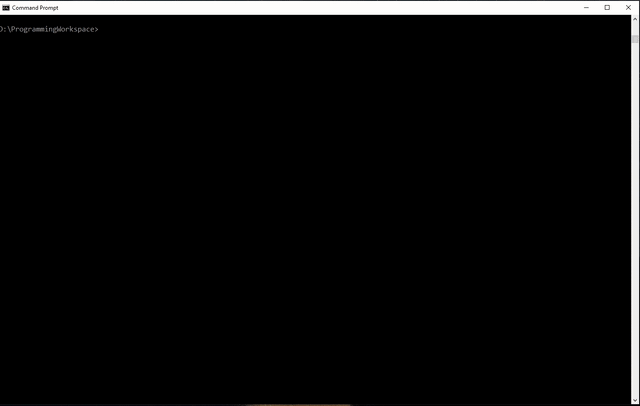A command line interface for working with git written in python with the help of py_cui.
An obvious prerequisit to installing pyautogit is to have git installed and in your system path. You will also require python 3.4+, and
python3 and python must be reachable on your system PATH for operations that require git credentials.
Once this is done, you may install the module.
To install pyautogit, it is recommended to use pip:
pip install pyautogit
This will also install py_cui, the Command Line UI builder library upon which the project is based, and windows-curses if running on windows, which is a curses emulator for the win32 platform.
Alternatively, you can install from source. Clone this repository and use pip to install:
git clone https://github.com/jwlodek/pyautogit
cd pyautogit
pip install .
If pyautogit is already installed and you would like to update it, use:
pip install --upgrade pyautogit
or
cd pyautogit
git pull
pip install --upgrade .
if updating a local version.
Note that you may require root access for installing with pip depending on your system's python configuration.
Below is a quick demo of using pyautogit to do some common git actions.
Once pyautogit is installed, open a command line client (note that Windows Terminal is not yet supported), then navigate to a directory and type:
pyautogit
You can also specify an external directory:
pyautogit -w /home/jwlodek/repos
If you open pyautogit in a directory that contains a .git folder, it will treat it as a repository, while if it cannot find said folder, the target location will be treated as a workspace.
Use the keyboard shortcut descriptions listed in the status bar at the bottom of the window to navigate the interface and menus.
BSD 3-Clause License
Copyright (c) 2020, Jakub Wlodek All rights reserved.
